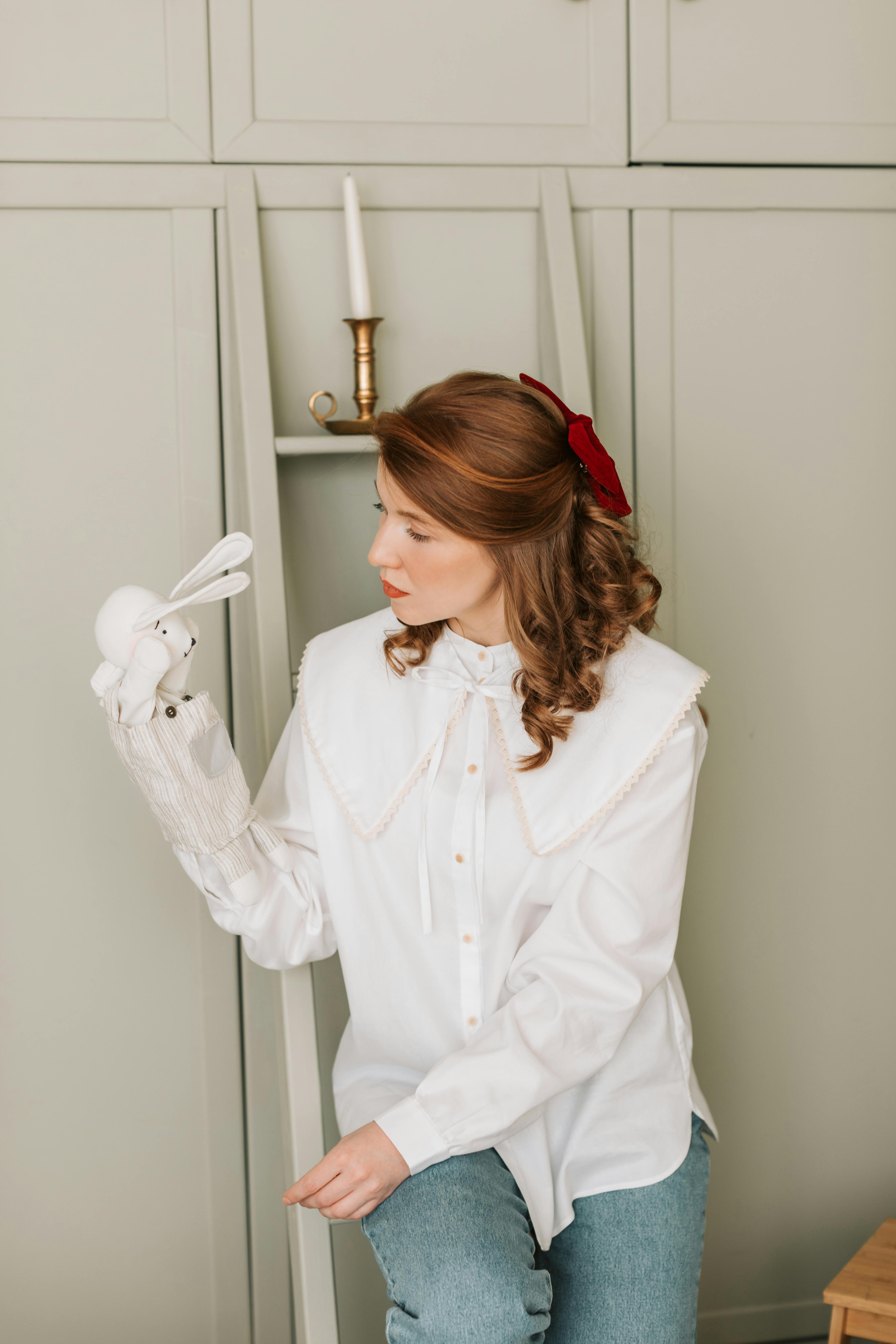
Apply Now


Practical Guide to Caring for Three-Eared Rabbits in 2025
Three-eared rabbits represent a fascinating anomaly in the world of pets, captivating our imagination with their unique ear anatomy. As pet owners and enthusiasts continue to explore rare breeds, the rising interest in these enchanting creatures highlights the importance of understanding their needs. While three-eared rabbits possess distinct characteristics, they also share common requirements with their two-eared counterparts. This guide serves as a comprehensive resource for new and experienced rabbit caregivers, detailing essential aspects of three-eared rabbit care, genetics, and behavior. Not only will we delve into the intriguing world of rabbit anatomy, specifically focusing on ear type variations, but we will also discuss rabbit care tips to ensure a healthy, happy, and enriching environment for these charming pets. Finally, we’ll explore some fun facts and insights about three-eared rabbits that every enthusiast should know. By the end of this article, you will have a deeper understanding of three-eared rabbit care, enriching their lives, and fostering a strong bond with these unique animals.Understanding the Unique Anatomy of Three-Eared Rabbits
The unique ear structure in three-eared rabbits can be both fascinating and complex. This section delves into their ear anatomy and how it impacts various aspects of their health and behavior.Ear Anatomy Explained
Three-eared rabbits possess a fascinating adaptation that involves an additional ear, which may be a result of genetic mutation or ear abnormalities. Understanding how this affects their physiology is crucial for their care. The anatomy of their ears includes features that help in balance, hearing, and communication. In many cases, these rabbits may require specialized vet care to maintain ear health due to potential issues such as ear infections. Regular examinations can help prevent complications that may arise from an unusual ear structure.Genetic Factors and Health Issues
The genetics of a three-eared rabbit often play a significant role in its overall health. Genetic diversity in rabbit breeds can lead to various health challenges that owners should be prepared to address. This includes potential susceptibility to certain ear infections or abnormalities resulting from the genetic mutation. Understanding rabbit genetics can help you make informed decisions when adopting or breeding three-eared rabbits. Collaborating with a veterinarian experienced in rabbit care is key to ensuring their well-being.Three-Eared Rabbit Traits and Characteristics
Each three-eared rabbit exhibits distinct traits that set them apart from traditional breeds. Their unique ear configuration influences their behavior, social interactions, and communication style. Rabbit behavior can vary significantly depending on ear types and lineage, affecting how well they adapt to environments, interact with owners, and respond to training. Understanding these behavioral tendencies will improve care strategies and create a more enriching environment for your pet. Ensuring proper social interactions can help mitigate potential stress signals, creating a calmer habitat.Effective Rabbit Care Strategies
Having a comprehensive care plan is essential to support the unique needs of three-eared rabbits. This section covers the essentials of rabbit care, especially catered to those who adopt unusual pets like three-eared rabbits.Nutrition and Feeding Practices
Proper nutrition is a cornerstone of any rabbit's health. For three-eared rabbits, this means providing a balanced diet rich in hay, fresh vegetables, and a limited amount of pellets. Understanding the nutritional needs specific to rabbit types can influence their growth and development positively. Each meal should consist of high-fiber options to support the rabbit's digestive system. Monitoring weight and adjusting their diet as they age is crucial, as elderly rabbits may have different dietary requirements.Housing and Habitat Essentials
Creating an optimal living environment is vital for the well-being of three-eared rabbits. Safe and secure housing with adequate space to hop, play, and hide is essential. Additionally, considering enrichment activities such as tunnels and chew toys will promote active behaviors and prevent boredom. Fostering a stimulating environment will aid in mental health, paving the way for a happier rabbit.Signs of a Healthy Rabbit
When caring for a rabbit, recognizing the signs of good health is paramount. Observing your three-eared rabbit's coat condition, weight, energy levels, and ear health are essential indicators of their overall wellbeing. Healthy rabbits exhibit bright eyes, alert behavior, and a normal appetite. In the event of changes, such as lethargy or poor coat condition, consulting a veterinarian is crucial.Training and Behavior Management
Understanding rabbit behavior is essential when caring for a three-eared rabbit, especially regarding their training and social interactions.Effective Training Techniques
Training a three-eared rabbit can be different from their two-eared relatives, but similar techniques apply. Utilizing positive reinforcement, such as treats and praise, encourages desirable behaviors. Simple commands, litter training, and socialization exercises are critical aspects of training that can help manage their behavior effectively. Stress signals can indicate a need to adjust training techniques, allowing for a more tailored approach to each rabbit's personality.Managing Behavioral Issues
Every rabbit, including three-eared ones, can experience behavioral issues, such as aggression or stress. Understanding the underlying causes of such behaviors is key to addressing them properly. Socialization plays a significant role in managing behavior, ensuring that they feel secure in their environment. Regular bonding time helps build trust and comfort between the rabbit and its owner, reducing the likelihood of behavioral issues resulting from stress.Enrichment Activities for Optimal Well-Being
Providing enrichment activities can enhance the quality of life for three-eared rabbits. Stuffed toys, tunnels, and interactive games stimulate their minds and keep them physically fit. Engaging in playtime sessions not only strengthens the bond with your rabbit but contributes to their emotional well-being. Incorporating these activities daily can significantly impact their mood and behavior positively.Health and Veterinary Care for Three-Eared Rabbits
Routine health care is fundamental for the longevity of any rabbit, particularly those with unique needs, such as three-eared rabbits. This section emphasizes the importance of veterinary care.Regular Health Check-ups
Establishing a routine with an experienced veterinarian is critical for the health of your three-eared rabbit. Regular check-ups can help identify potential health issues early, such as ear infections or abnormalities that may not be obvious to the owner. Keeping a consistent record of your rabbit's health can guide care decisions moving forward and ensure proactive management of their health issues.Recognizing Common Rabbit Diseases
Certain rabbit diseases, such as myxomatosis and Pasteurella, pose risks to all rabbits. Educating yourself about these diseases can help you recognize symptoms early, leading to timely medical interventions. Being aware of common rabbit health issues and their signs will allow you to maintain your pet's health proactively.Emergency Care and Support
In addition to regular check-ups, knowing how to respond to emergencies is essential. Understanding first-aid techniques and recognizing serious health symptoms can make a difference in critical situations. Engaging with a local rabbit community or seeking resources can enrich your knowledge about emergency care techniques.FAQs About Three-Eared Rabbits
1. Are three-eared rabbits more prone to health issues than regular rabbits?
Three-eared rabbits can exhibit specific health issues, such as ear infections due to their unique anatomy. However, with proper care and regular vet visits, you can manage their health just as effectively as with traditional breeds.2. What should I feed my three-eared rabbit?
A diet rich in hay, fresh vegetables, and a limited amount of pellets will suit your three-eared rabbit. Always ensure they have constant access to clean water.3. How can I help my three-eared rabbit adjust to a new home?
To help your three-eared rabbit acclimate, provide plenty of hiding spots and safe spaces within the new environment. Offer gentle socialization and allow them to explore at their own pace.Conclusion
Caring for three-eared rabbits can be a rewarding experience, emphasizing the appreciation for their uniqueness and beauty. By understanding their special needs, you can create a nurturing environment that promotes good health and happiness. Regular veterinary care, proper nutrition, and engaging activities are foundational to ensuring your three-eared rabbit thrives. Embrace the journey of rabbit ownership and enjoy the many incredible moments shared with your beloved pet.
